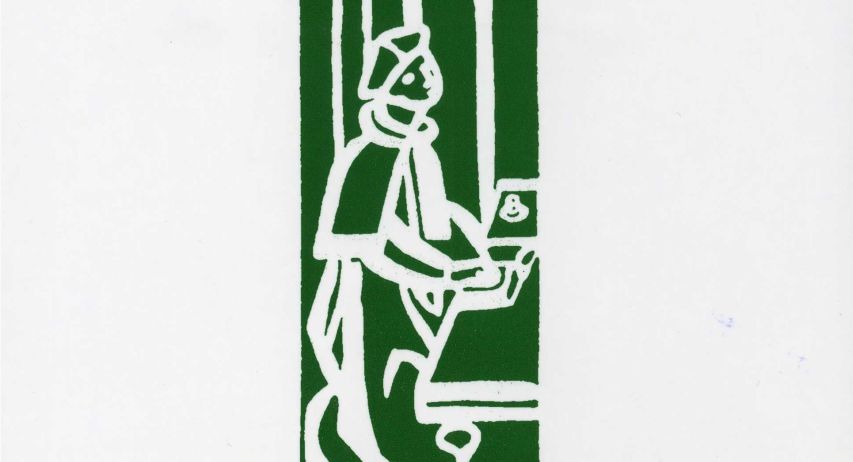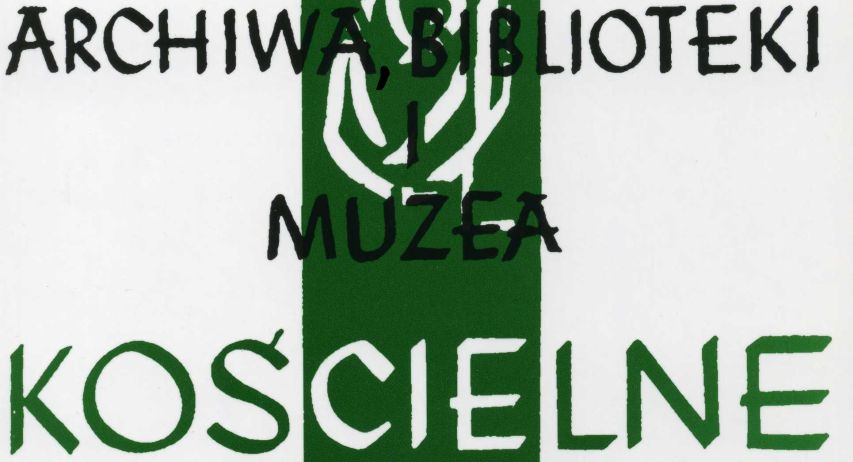Zarys problematyki budownictwa i strat wojennych w kościołach parafialnych diecezji lubelskiej po I wojnie światowej
Joanna Kumor-Mielnik
Ośrodek Geografii Historycznej Kościoła w Polsce , PolskaAbstrakt
The content of this article is an introduction to a wider spectrum of the issues related to losses of life and material things the Diocese of Lublin suffered after the First World War. The article focuses on two major issues related fi rstly to the reconstruction of destroyed parish churches in the Diocese of Lublin in the postwar period and using for this purpose state subsidies and funds from the contributions of the parishioners; and secondly, related to the dynamics and intensity of the construction of new parish churches at that time. The rebuilding of churches and buildings connected with them was a priority in the fi eld of renovation and construction projects after World War I. The matter of less importance was to initiate the construction of new churches, erected mainly at the expense of parishioners, rarely with the use of state subsidies. In the 1930s the movement of building parish churches intensifi ed. It was, however, a short-lived process, interrupted by the outbreak of another war. The dynamic growth in the number of new churches, observed in a relatively short period of time was caused, among other things, by the use of cheaper and more readily available wood, which resulted in the increase in wooden churches in the interwar period. The concise characterization of building regulations in the context of the construction of parish churches in the postwar period, the same as in the case of other issues, requires further research and in-depth analysis.
Słowa kluczowe:
diecezja lubelska, zniszczenia wojenne, I wojna światowa, kościół, dzwony, budownictwo sakralneOśrodek Geografii Historycznej Kościoła w Polsce







